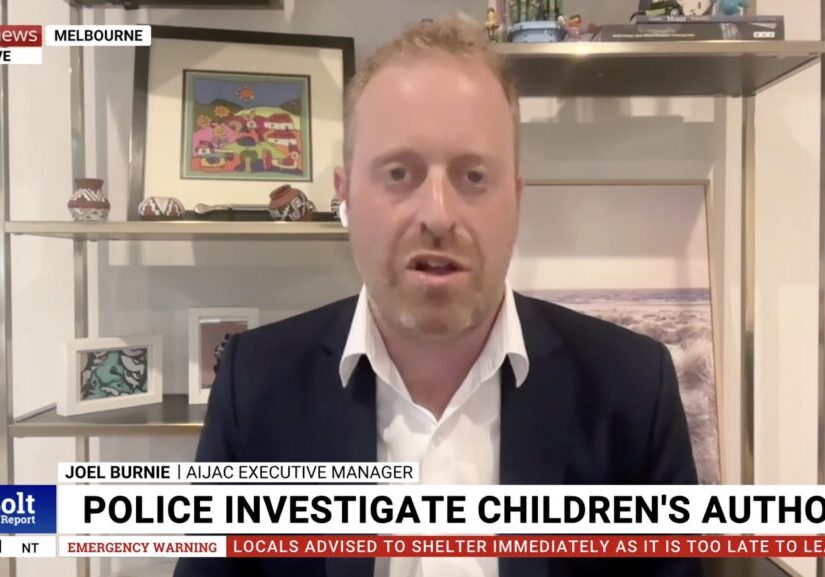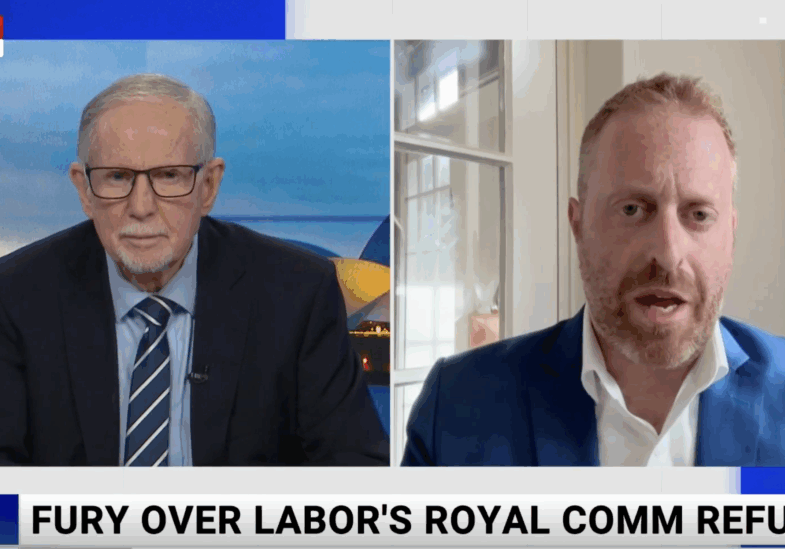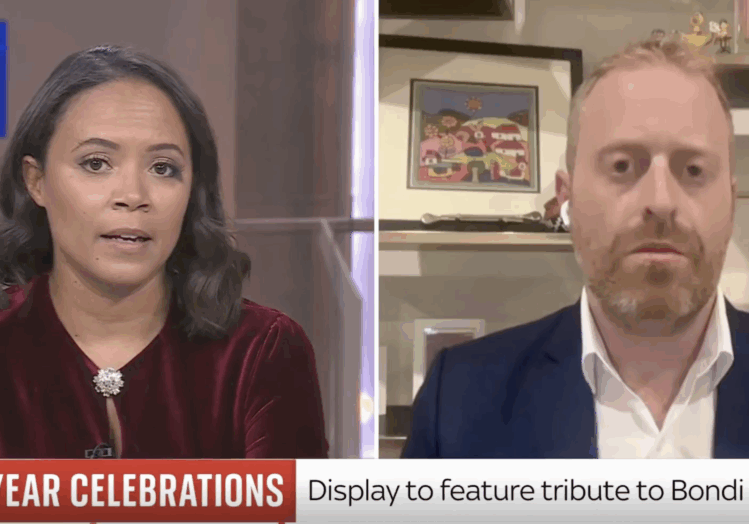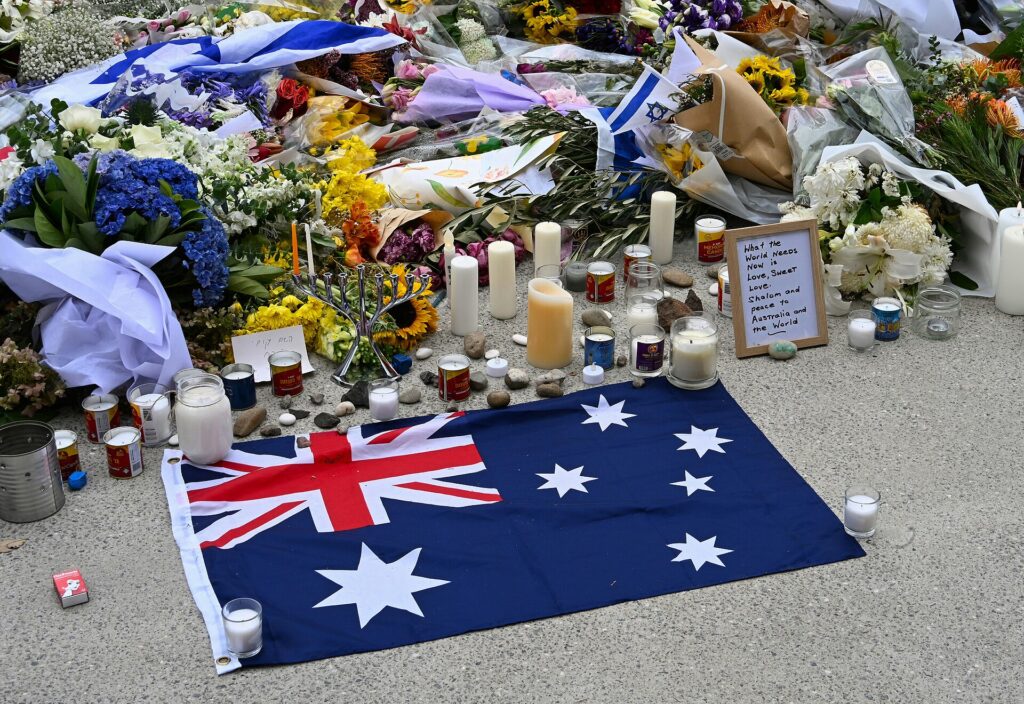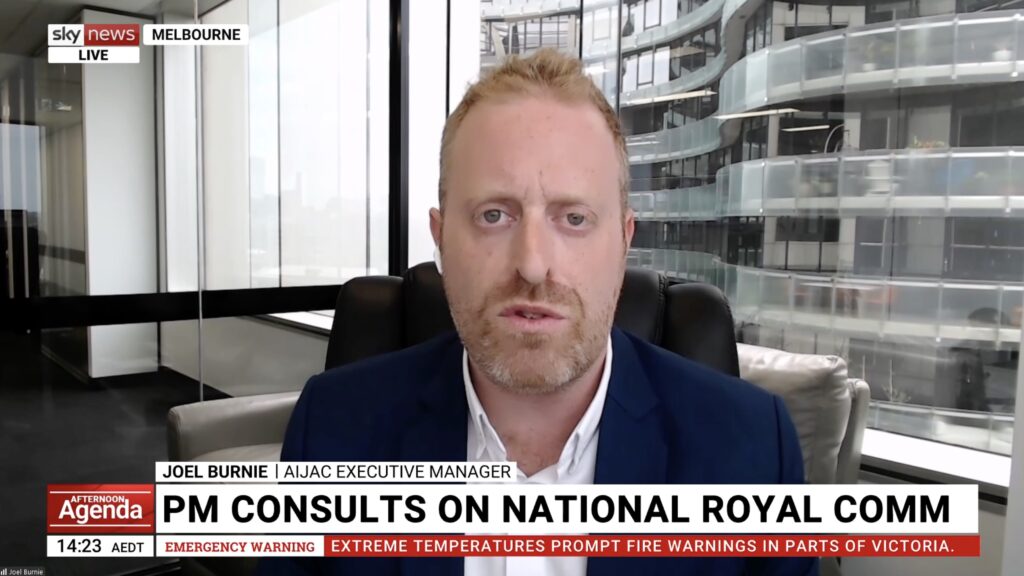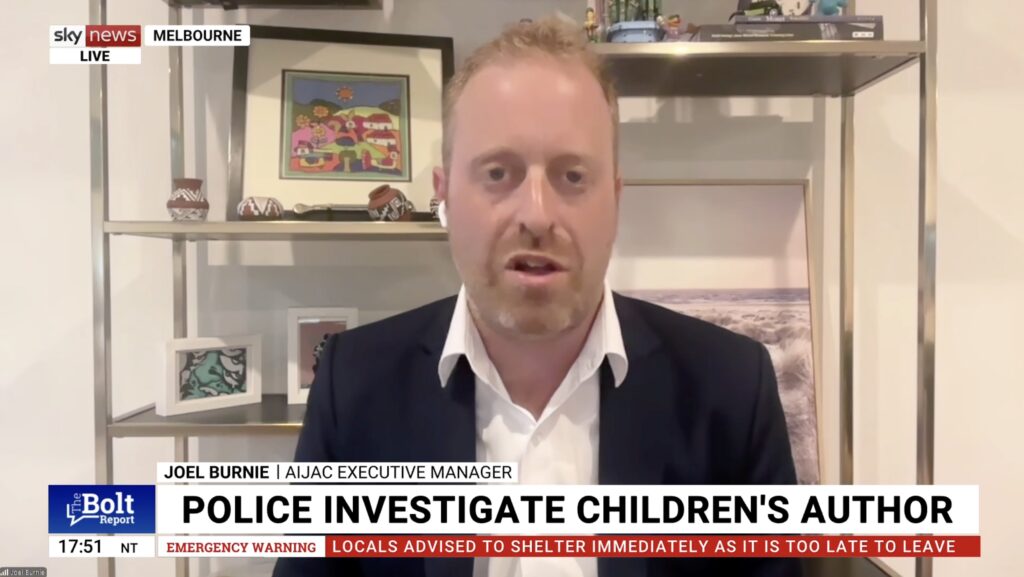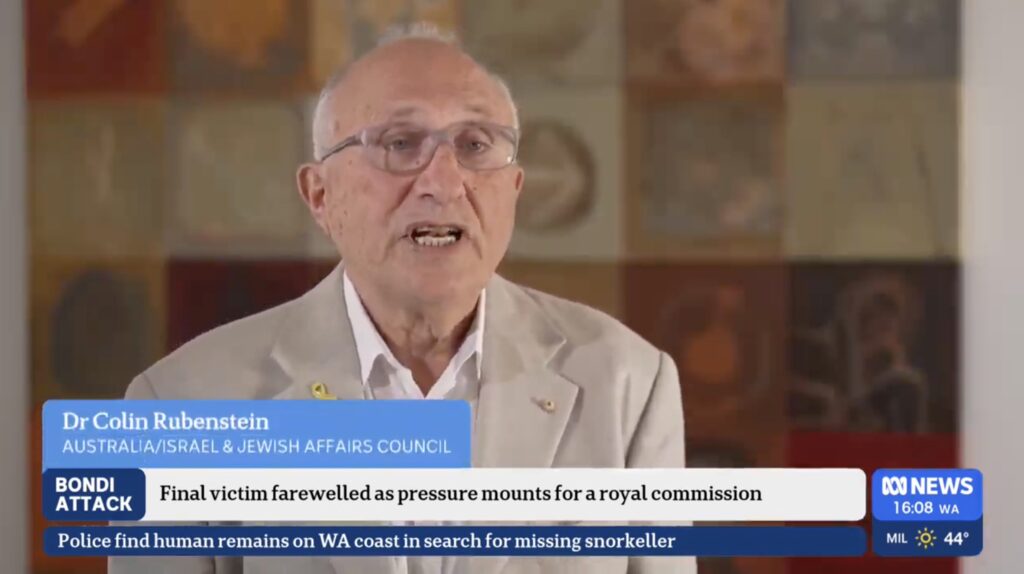FRESH AIR
New IAEA report suggests Iran is growing closer to nuclear weapons capabilities
November 26, 2019 | AIJAC staff
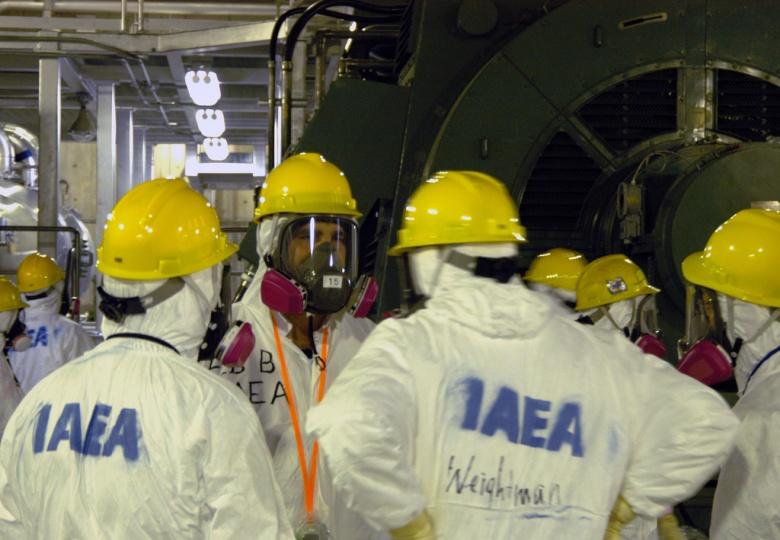
Two conclusions emanate from the latest report into Iran issued by the International Atomic Energy Agency (IAEA) on Nov. 11.
The first is that Iran has used the crisis surrounding the validity of the 2015 nuclear deal with the West known as the Joint Comprehensive Plan of Action (JCPOA) as a pretence for the resumption of open activities that bring Teheran much closer to achieving military nuclear capabilities. The second is that crucial pieces in the Iranian nuclear puzzle are still missing from the picture available to the IAEA and Teheran may still be hiding more undeclared parts of its atomic bomb project with the agency knowing little or nothing about them.
Overview
The IAEA report notes the current status of the long list of JCPOA breaches by Iran. All these violations amount to the resumption of uranium enrichment on a much larger scale and to much higher levels than permitted by the deal, as well as research intended to perfect and expedite uranium enrichment more quickly and efficiently. The JCPOA breaches recorded in the report include:
Uranium Enrichment
- Injection of uranium hexafluoride (UF6) gas into centrifuges and uranium enrichment at the underground Fordow facility.
- Amassing more low enriched uranium (LEU) than the 300 kg. cap set by the JCPOA and also breaking the maximum 3.67% U-235 enrichment levels it allows, by enriching uranium up to 4.5%.
- Operating at least 5,400 IR-1 type uranium enrichment centrifuges – exceeding the JCPOA limit of 5,060.
- A dramatic increase in speed of LEU production – from 450 grams/day to close to 5 kg/day.
- Total uranium enrichment capacity has reportedly reached 6,200 separative work units (SWU – a standard unit of uranium enrichment capabilities) per year. This is 36% greater than the 4,550 SWU that the JCPOA permits.
Production, Testing and Development
- Production, reintroduction and operation of a large variety of advanced centrifuges forbidden for use in enrichment by the JCPOA or in higher quantities than allowed (types IR-2m, IR-3, IR-4, IR-5, IR-6, IR-6m, IR-6s, IR-6sm, IR-7, IR-8, IR-8s, IR-9, IR-s, IR-Ss, IR-SB). In some cases, these advanced centrifuges (some of which were withdrawn from IAEA-monitored storage) have been set up in cascades of 10, 30 and 164 and used to commence uranium enrichment at the Natanz site, which is also not permitted under the JCPOA.
Undeclared or unknown elements of the nuclear program
- Mechanical testing of centrifuges is intended to be undertaken in an unidentified “new location” not disclosed in the JCPOA, and not currently under IAEA monitoring.
- For the production of rotor tubes in some of the new centrifuges, Iran used carbon fibre taken from a storage site that was allegedly unsupervised by the IAEA. In other words, stocks of carbon fibre – a crucial and regulated component of centrifuge production – were either hidden from inspectors and/or illicitly purchased abroad.
- IAEA experts attended at least one JCPOA workgroup meeting dealing with illicit Iranian procurement. The content of the meeting was not disclosed in the report, but various reports over the past few years have revealed Iranian attempts and possible successes in illegally purchasing dual-use materials and equipment for its nuclear program.
- Inspectors found natural uranium of “anthropogenic origin” (man-made) in a location not declared by Iran as part of its nuclear Reports point to the find being from the warehouse at the Turquzabad suburb of Teheran visited by inspectors in February 2019, after it was exposed in the material found in Iran’s secret nuclear archive stolen by Israel in Jan. 2018. According to Israeli sources, Iran may be in further breach of its Non-Proliferation Treaty (NPT) obligations since characteristics of the material found in the warehouse suggest it was created in either a currently unknown site inside Iran or outside of it.
- The IAEA’s top inspector Massimo Aparo complained on Nov. 6 that Iran has not been cooperating with the agency’s investigation into the uranium found in the warehouse.
- Former senior nuclear weapons experts David Albright and Ollie Heinonen examined the Iranian efforts to conceal evidence at the Turquzabad warehouse and the possible explanations for the existence of the uranium particles found in it. They concluded that “The uranium samples suggest that there exist or existed undeclared Iranian uranium conversion activities. The purpose of those uranium conversion activities is suspected to be related to the research, development, or production of nuclear weapons.”
- Their analysis concludes with a disturbing open question, casting doubts on IAEA’s ability to safeguard the world from the nuclear weapons ambitions of Iran and other rogue states: “Is the IAEA, the competent authority in the implementation of the Comprehensive Safeguards Agreement, ready to meets its obligation, to ensure that the Iranian nuclear program serves only peaceful purposes?”
Other issues:
- In a separate report released on Nov. 18, the IAEA confirms that heavy water stocks in Iran reached 131.5 metric tonnes, above the 130 metric tonnes limit set by the JCPOA. Heavy water reactors, such as Iran’s Arak facility dismantled under the JCPOA, are capable of producing plutonium that can be used to create atomic weapons.
- Not mentioned in the report is the unprecedented incident a few weeks ago when an IAEA inspector was detained at Natanz, her accreditation was cancelled by the Iranians and she was forced to leave the country. Earlier, the Iranians had publicly threatened to restrict IAEA inspectors’ access to nuclear sites.
- The report does not directly address material originating from Iran’s secret nuclear archive seized by Israel. The status of the Agency’s engagement with the information in the archives remains unknown.
- The IAEA report “is vague” or completely silent on whether Teheran has violated the specific parts of the JCPOA known as section T in which Iran gives a commitment not to seek, develop or acquire nuclear weapons.
Main conclusions
Nuclear expert and former UN weapons inspector David Albright has analysed the latest IAEA report and concluded that:
- Some of the Iranian violations of the JCPOA are “not fully reversible,” despite Iranian claims to the contrary.
- Increased uranium enrichment capacity means that Iran’s breakout time – the time needed to produce enough weapons-grade uranium for an atomic bomb – has now been shortened significantly. From around a year after the implementation of the JCPOA in 2016, it is now down to only 6-10 months. The more centrifuges that are installed and become operational and the more fissile material Iran amasses, the shorter that breakout time will become.
Tags: IAEA, International Security, Iran, JCPOA, nuclear
RELATED ARTICLES
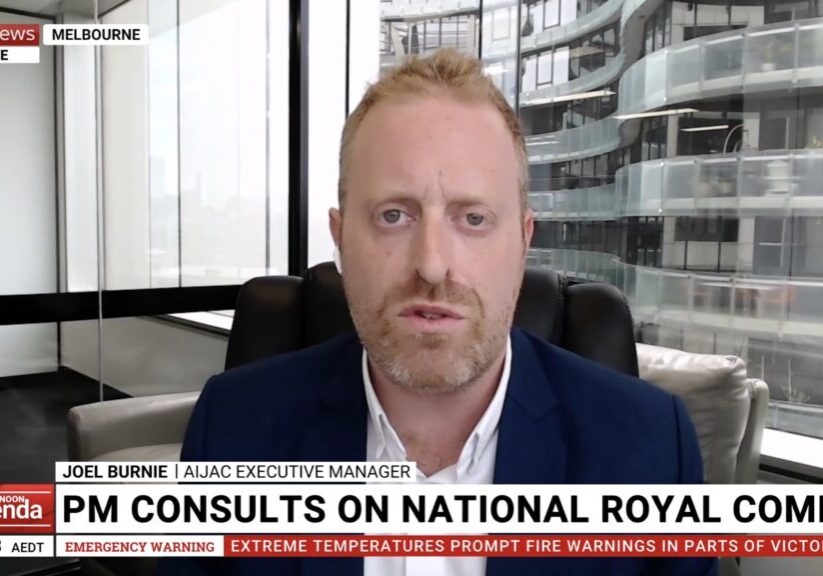
Parameters of a Royal Commission will be crucial: Joel Burnie on Sky News
